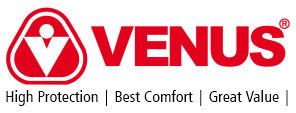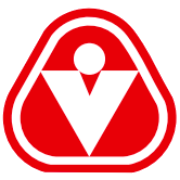How to Choose the Right Eye and Face Protection for Workplace Hazards
 August 01, 2025
10327
August 01, 2025
10327
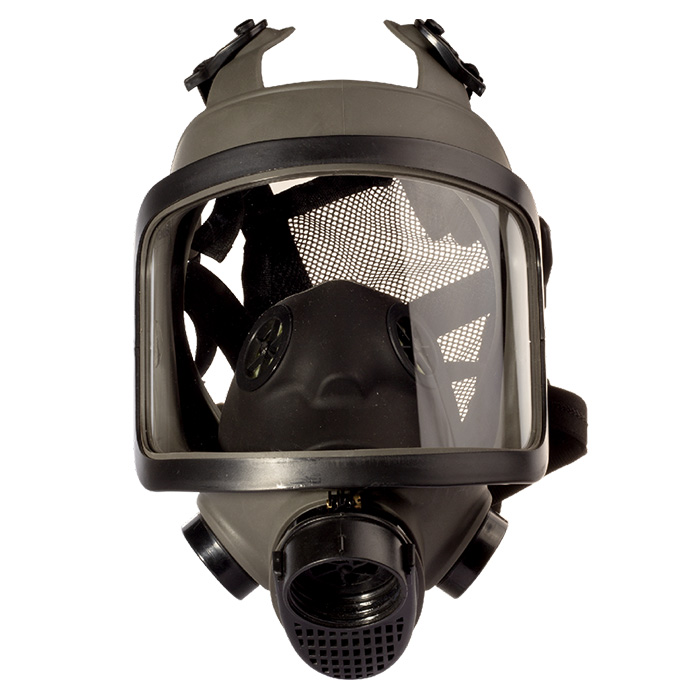
According to a report by the International Labour Organization (ILO), approximately 3.5 million eye injuries occur in the workplace every year globally, with over 13 million people living with vision impairment linked to their work. Here in India, the situation is equally concerning, with three people killed and 11 injured each day due to workplace accidents in registered factories between 2017 and 2020, according to data from the Ministry of Labour and Employment’s DGFASLI. What makes this even more alarming is that 90% of work-related eye injuries can be prevented by wearing proper protective gear. Occupational eye injuries are estimated to cost businesses around $300 million annually in lost productivity and workers’ compensation. Hence, the choice of proper eye and face protection is not only a safety necessity but also a sound business strategy.
The fact is that occupational hazards are not discriminatory; they affect anyone from construction workers who work with power tools to lab technicians who work with chemicals. Knowing how to select the best worker safety equipment for your particular setting can be the difference between keeping your vision healthy or getting a preventable injury that might affect your whole career.
What is Safety Equipment?
Safety equipment encompasses all protective gear meant to safeguard workers from workplace hazards that have the potential to result in injury or sickness. When we discuss eye and face protection in particular, we’re covering a wide range of workplace safety equipment, including safety glasses, goggles, face shields, and high-tech protective eyewear specifically designed for various industrial uses.
Contemporary safety gear extends far beyond the simple safety goggles of years gone by. It utilizes sophisticated materials, anti-fog treatments, and ergonomic designs to address real-world workplace issues. For example, research indicates that 100% of workers in manufacturing, construction, service, and retail industries cite fogging as a top reason for not wearing their protective eye gear. This is a dilemma that contemporary anti-fog solutions are precisely intended to rectify.
The definition of proper safety gear varies widely based on your workplace. A welder requires entirely different safety than a person in a chemical lab, and familiarizing yourself with these differences is essential to managing risk in the workplace.

Why is it Important to Wear Safety Equipment?
Data paints a grim picture of what happens when appropriate protective gear is not worn. Workers experienced 18,510 eye injuries and illnesses in 2020, as reported by the U.S. Bureau of Labor Statistics, with roughly 1 out of every 10 injuries taking one or more workdays off to heal. More concerning still, 10-20% of the total number of work-related injuries will result in temporary or permanent blindness.
In addition to human cost, there is a substantial economic impact. The cost extends beyond immediate medical care to include workers’ compensation claims, productivity loss, training replacement workers, and potential regulatory fines. If you also consider that proper worker safety equipment prevents most of these occurrences, the investment in high-quality protection is evident.
Wearing the proper safety gear also shows adherence to OSHA standards, specifically 29 CFR 1910.133, which makes it mandatory for employers to see that every affected employee wears proper eye or face protection when exposed to eye or face hazard from flying particles, molten metal, liquid chemicals, acids or caustic liquids, chemical gases or vapors, or harmful light radiation.
Understanding Common Workplace Eye and Face Hazards
Successful protection gear selection begins with knowing the types of hazards in your work environment. Most industrial setups pose several kinds of risks, which can be mitigated through various protective measures.
Flying particles are one of the most prevalent risks in different industries. From metal shavings during machining processes, wood chips during carpentry, to debris from cutting and grinding processes, these projectiles can lead to severe eye injury. The velocity and particle size decide the extent of protection needed.
Chemical hazards constitute another valuable category of risk. Splash protection becomes imperative when handling acids, caustic solutions, or other corrosives. The problem here is not merely avoiding direct contact, as chemical vapors can be dangerous to the eyes and cause damage as well, necessitating sealed protection that does not permit exposure at all.
Radiation hazards, such as from welding, laser equipment, or bright lighting, need filtered protection. The intensity and wavelength dictate the proper filter darkness and protective cover required.
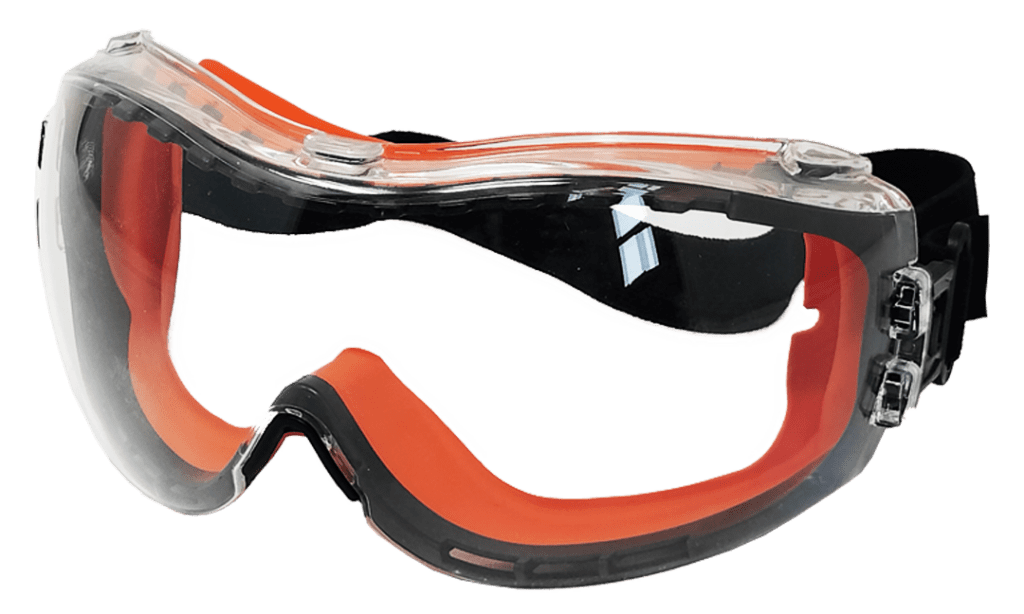
Choosing the Proper Protection for Your Individual Hazards
The selection of suitable workplace safety equipment involves a structured assessment of your workplace and the specific hazards to which you are exposed. This measurement is the basis of good industrial safety and hazard management.
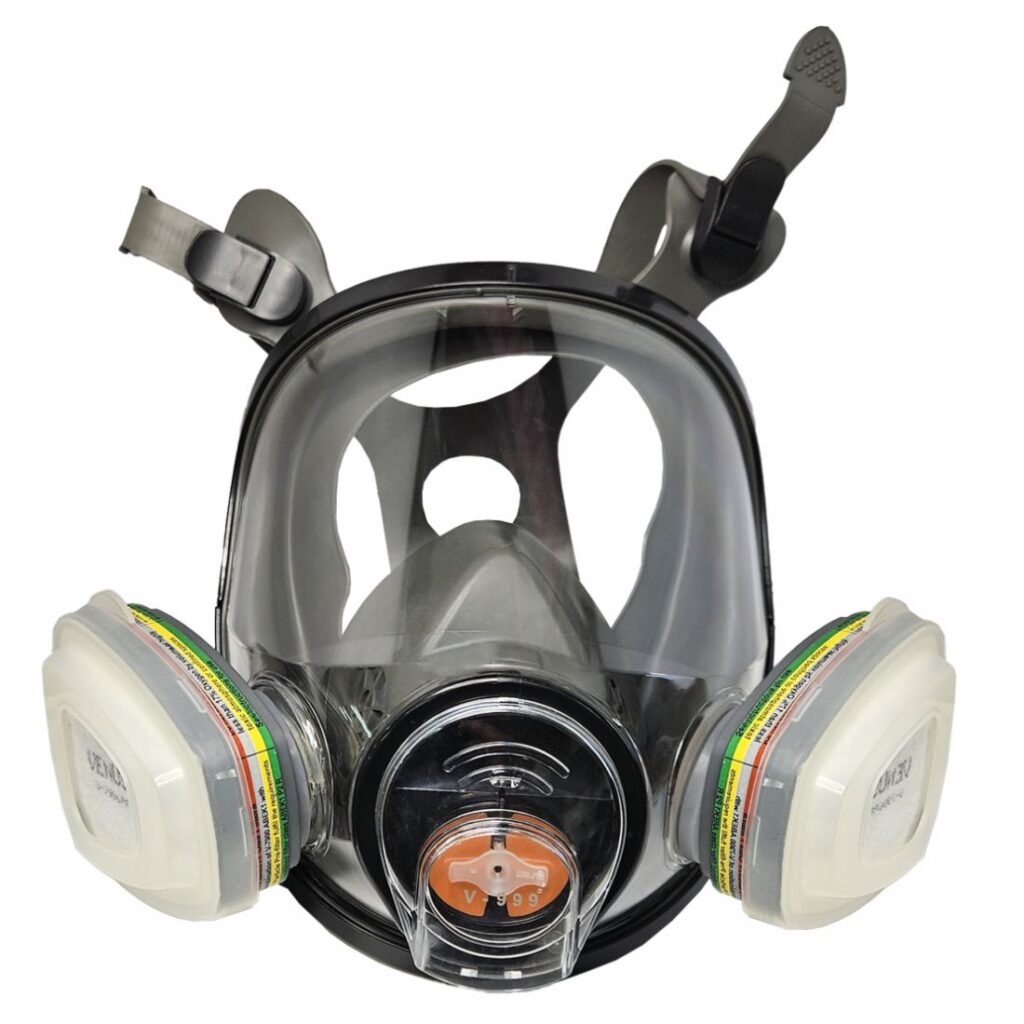
Begin by performing a comprehensive hazard survey of your workplace. Record all sources of eye and face injury, the nature of the hazard, its intensity, and exposure likelihood. In this assessment, take note not only of apparent hazards but also secondary risks that may arise in the event of maintenance, installation, or emergency conditions.
For protection against impact, take into consideration the energy rating of likely projectiles and the direction from which they could come. Simple safety spectacles with side protection are appropriate for low-energy threats, whereas high-impact situations demand stronger protection. Wraparound styles offer greater peripheral protection, whereas prescription safety spectacles allow vision correction without weakening safety.
Chemical protection necessitates special attention to the particular chemicals in question. Splash protection requires different design characteristics than vapor protection, and certain chemicals can react with specific frame or lens materials. Vented goggles are effective for splash protection, but they are not suitable when chemical vapors are present.
For protection against radiation, the principle is to set the filter density according to the type and intensity of radiation involved. Protection against welding processes differs from that against laser procedures, and the power or amperage involved has a direct bearing on the amount of filter darkness required.
Proper Fit and Comfort
Even the highest-quality protective equipment fails if workers don’t wear it consistently. Comfort and fit play crucial roles in compliance, making these factors essential considerations when controlling hazards in the workplace.

Proper fit begins with realizing that one size certainly does not fit everyone. Various face shapes and sizes demand different frame styles and adjusting mechanisms. The equipment must seal fittingly against the face without generating pressure points that are uncomfortable to wear for long periods.
Take the work environment into consideration when deciding on comfort features. Hot conditions require more ventilation and moisture control, whereas cold conditions may necessitate an anti-fog coating or warm lenses. Employees who wear prescription glasses require solutions that support their vision correction without affecting protection.
Weight and balance of protective gear also impact compliance. Unbalanced or heavy equipment tires workers out and makes it more likely that they will disregard safety precautions when they believe their bosses are not paying attention.
Maintenance and Replacement Considerations
Maintenance prolongs the life of workplace safety equipment while maintaining continued protection efficacy. Having clear maintenance protocols and replacement schedules is crucial to maintaining sustained industrial safety and effective hazard control.
Regular cleaning helps prevent the accumulation of impurities that can impair vision or damage materials. Yet, various lens materials have different cleaning methods; what is applied to glass lenses can be destructive to polycarbonate lenses. Providing the proper cleaning materials and training ensures that maintenance operations do not unintentionally compromise protection.
Inspection processes must detect signs of wear, damage, or deterioration that impair protective performance. Scratched lenses, broken frames, or compromised seals all signal that replacement is necessary. The frequency of these inspections varies depending on the severity of the work environment and the type of equipment used.
Replacement schedules must account for everyday wear and tear, as well as possible shock damage. Keeping spare equipment on hand ensures continued protection when the main equipment needs to be replaced or serviced.
Making the Right Choice for Your Workplace
Selecting suitable eye and face protection ultimately depends on having the right worker safety equipment for your specific hazards and ensuring that workers will consistently wear the protection. This means finding a balance between protection effectiveness, comfort, durability, and cost.
Collaborate with reliable suppliers who comprehend both the technological needs and practical issues of occupational safety. Brands such as Venus Safety, which have had more than four decades in the industry, are capable of advising on the choice of equipment that satisfies regulatory compliance and actual usability requirements.
Keep in mind that the best safety gear is the gear that is used consistently. Including workers in the choice process, providing them with proper training, and creating an environment that values safety all contribute to the effectiveness of your protective gear program.
Investment in quality eye and face protection pays off in lowered injury rates, lower insurance premiums, increased productivity, and, most critically, safeguarding the irreplaceable vision of your employees. Bearing in mind that 90% of eye injuries in the workplace are avoidable, selecting the correct protection is not only a regulatory need but a moral necessity for every prudent employer.
